“Have you ever held a pigeon before?”
“No,” I said, and before I could tell him I didn’t want to hold a pigeon, he grabbed the one next to me with sure hands.
“Now hold it firmly like this,” he instructed me. For a brief moment, I held the bird and felt its rapid heartbeat inside my hands. The bird didn’t seem to mind the experience nearly as much as I would’ve guessed.
When I set my pigeon friend back on the ground, I thought to myself: “Now where in hell am I going to wash my hands?”
I was on a day-long “street retreat” hosted by the Faithful Fools, an organization based in the Tenderloin district of San Francisco. The concept of the street retreat was a simple one: spend the day walking among the homeless in my hometown of Austin, seeking to be present, have conversations, and learn.
The pigeon-wrangler, a man whom I will call Michael, had been on the streets for about a year. He was bright, affable, and determined to be my personal escort for the day in order to “keep me safe.”
Safety was a recurring theme I encountered in my time on the streets because, of course, it can be an unsafe place to be as a woman. But homes can be unsafe, too. Just ask any survivor of sexual abuse or domestic violence. We tend to overstate the danger posed by strangers and low-income folks in our culture. With no sense of irony, this homeless stranger felt it was his duty to protect me.
It was with mixed feelings that I accepted Michael’s assertive hospitality on the streets; I was grateful for his sharing, experience, and provision of pigeons to hold, even as I chafed at my lack of freedom to mix more with others that afternoon.
This was the kind of relationship I would seek, or that would seek me, if I wound up on the streets. In just a few hours, I got a taste of the choices, tradeoffs, and difficulties of a life lived with fewer buffers between ourselves and the world-at-large.
However, the walls that keep us “safe,” in metaphorical and actual terms, also impoverish us.

At the time of my participation in the day-long street retreat, I was a campus minister in charge of running the Alternative Spring Break program for a private Catholic University.
A year into coordinating the program, the whole notion of “service” really started to piss me off. It was great to send students to build adobe houses in New Mexico or to teach reading in New York City. Our aim was to get them hooked on the joy of giving, but I found myself increasingly uncomfortable with the ways in which service built a subtle sense of spiritual superiority in the giver, myself included.
An intention was slowly forming deep within me: What about those we serve? Couldn’t they benefit from being the “givers” for a change?

Michael told me about a “game” he played each evening to help him hold on to his dignity and stave off despair as his few days on the streets became weeks, and then those weeks stretched into months.
There are food trucks in Austin run by a local nonprofit, Mobile Loaves and Fishes, which visit local parks around town providing brown bag meals to the homeless every evening of the week.
Michael’s game, or spiritual practice, was that of inviting everyone to get in line ahead of him. He would step back from the truck if he saw someone running in order to make it in time for a meal.
He told me he did it to remind himself that he was no animal, but a man. He told me also that it was his way of remembering the larger truth that there is always “enough.”
This was the testimony of a true spiritual teacher. Michael had found a way to turn his anxiety about going hungry into an engine of growth in himself. This was no idle talk, or weekday reflection on the gospels as I gave each week in chapel, but a large-hearted practice in the face of genuine hunger.
Then one night, it finally happened. When it was Michael’s turn to approach the van, the volunteers told him that they had run out of food.
“I didn’t care about the sandwich, so much,” Michael told me, “but I almost broke down on the spot.” His life suddenly looked impossibly bleak and hopeless. What he was living was no game.
“But do you know what?” Michael asked me, his eyes meeting mine. I shook my head “no.”
“The folks on the truck felt really bad about it. And one of them took me out to dinner that night.”
By choosing the end of the line, by repeatedly aligning his slim and tattered agency with the role of giver, the realization of Michael’s worst fear—that there would not be enough for him—gave way to a spontaneous affirmation of his inherent worth in a gesture of friendship and a hot meal.
Sitting there on the grass with Michael and the pigeons, I had my answer.
Letting go of my social position at the front of the line to join Michael at the back had opened up a new world, a space of mutuality, between us. This homeless man was clearly fed by feeding me.
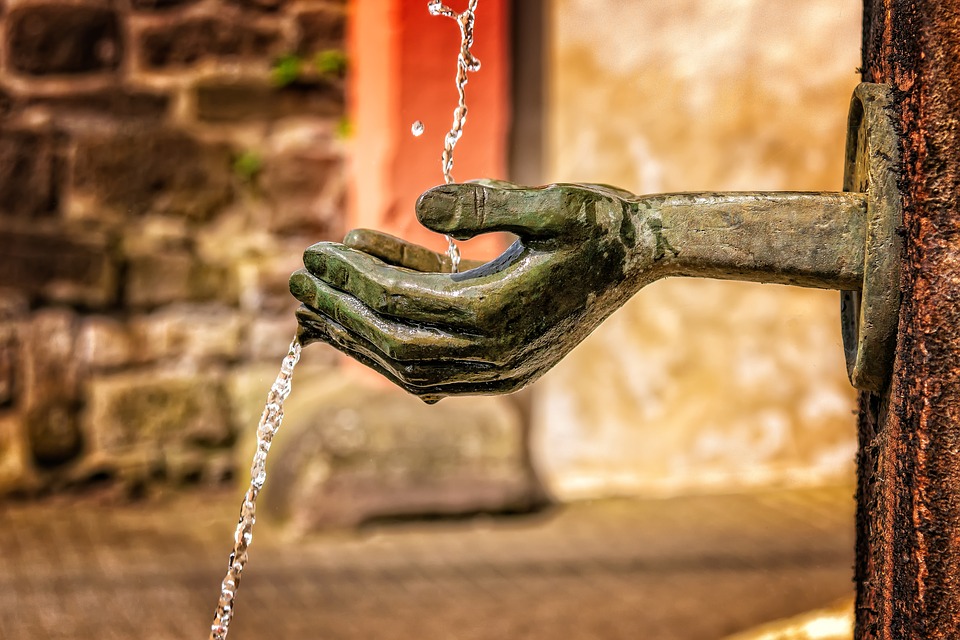
I pitched the idea of having one of our nationwide Alternative Spring Break sites in our backyard, a week-long Urban Plunge on the streets of Austin. Our aim was to meet the homeless as the wise ones in our midst, teachers with a sacred perspective on life to share.
Our Urban Plunge was modeled on the theme of pilgrimage: a sacred journey to a holy place in search of social healing or transformation. The homeless, if they would even talk to us, were to be the powerful ones, the wise teachers on our journey.
Leaving the walls of home, church, and University behind, we stepped into a powerful liminal space between two worlds: the world of the housed and the world of the unhoused.
There are liminal places where the worlds of spirit and matter meet and more easily converse with each other. These are the holy sites people have recognized for millennia as holding a special potency that helps awaken the latent healing and transformative power in the seeker.
But as I learned out on the streets, there are also liminal moments, times in our lives that render the strange familiar and the familiar strange. This reversal of ground is a defining characteristic of the in-breaking of the sacred through the walls of our ordinary waking consciousness.
The subconscious mind is a shared, not an individual, reality. Down in the depths of our collective being, we possess an inalienable connection to the whole of life and the holiness of existence. Our separate conscious minds are only the tip of a larger, common iceberg, yet our educational system and culture acknowledge only an isolated fraction of the material we can and do draw upon in creating this shared dream we call “the world.”
Our fractured memory, our distorted view of life, our dogmatic belief that we are separate from the “others”—human, animal, tree—is the root of the collective nightmare we are now living on the planet.
To embody your sacred intention by taking all of your belongings onto your back, to walk everywhere, to allow yourself to become vulnerable and not in control of your immediate environment, to rely on the help of strangers—all of these elements, taken together, focus the attention of the subconscious mind.
The subconscious mind, with its power to heal or to cripple us, is our direct connection to greater reality of Spirit. Out on the streets, we employed the ancient recipe of pilgrimage to help us coax the invisible thread of magic, woven throughout the tapestry of material reality, out into visible and tangible expression.
We began our Urban Plunge by walking a couple of miles downhill from the University into the city, carrying our sleeping bags, backpacks, cell phones (stowed and turned off), and $20 each.
The highway, IH-35, bisects Austin into an eastern half and a western half. West Austin has historically been the wealthier, whiter side of the city. This was our departure point. The plan was to first eat lunch at Angel House, a soup kitchen, on the East side.
As the seven of us approached a place to cross under the IH-35 overpass, a tall, African American man in his 20s saw us, changed direction, started yelling something unintelligible, and began to walk briskly in our direction. We all stopped in our tracks. I stiffened.
Over our semester of preparation, we had discussed the fact that the unhoused population was under no obligation to welcome our presence in their community. To truly learn from the divine stranger, we had to be ready to accept rejection as a teaching in its own right. Our job on pilgrimage was to remain awake to the ways that sacred revelation was unfolding before our eyes in real time. The Holy would speak through all the happenings of our pilgrimage, not just the pleasant ones.
To cross over a boundary line, like that of IH 35, with sacred intention, is to enter a liminal moment. By crossing over, we were agreeing to meet Life on its own turf and on its own terms. You might say this young fellow was the guardian of the threshold between worlds.
He drew closer to us, voice raised. And I realized—suddenly—that this man did not mean to be frightening, but friendly. He was not in fact yelling, but singing. As improbable as it seemed from our perspective, this young man was making a beeline in our direction in order to welcome us.
And what was this ambassador of Spirit singing to us at the top of his lungs?
He was singing the words “You say you want a revolution” by the Beatles. The perfect street blessing for our journey to the back of the line.
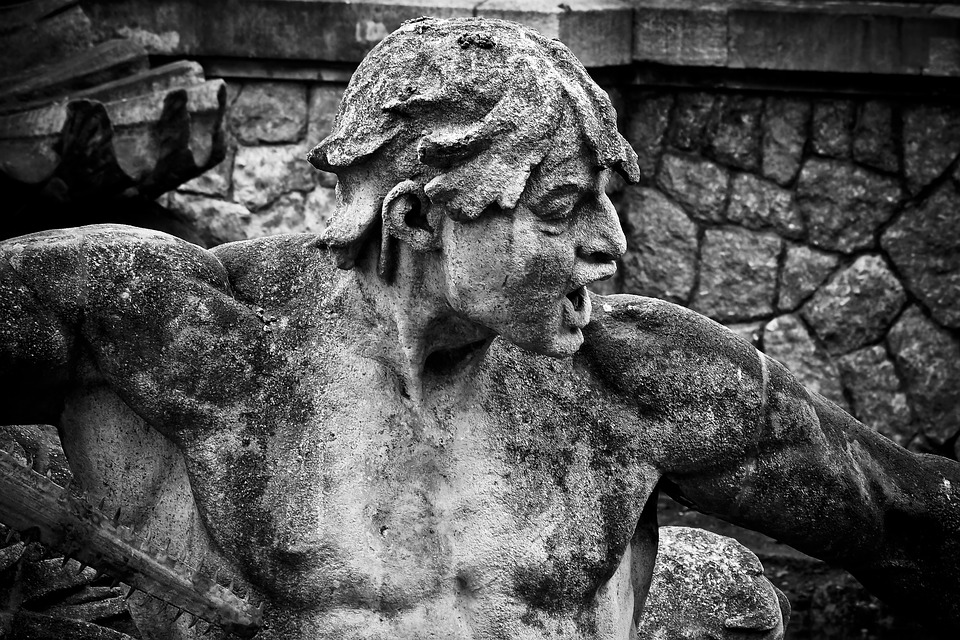
One constant on the streets, I was surprised to learn, is the free exchange of gifts: pigeons to pet, cigarettes to smoke, lessons in playing chess, experiential workshops on dumpster diving, consultation on the dos and don’ts of “flying a sign,” the lowdown on where the best food can be found each day, and ramen noodles cooked to order out of the sight of cars on the side of the highway.
How often do complete strangers come up and sing to you? That week on the streets, I was serenaded by some seriously talented folks more than a dozen times.
My group never pretended to be anyone other than who we were—students of the street for a week—and we were accepted, if not embraced, by the community. Every so often, someone was upset or agitated by our presence, so we moved along.
One woman started yelling and cussing when a news camera showed up to interview a couple of our students at a local shelter. The student being interviewed agreed with the angry woman, saying to the reporter: “Why are you talking to me? She’s the homeless person here.”
We were sincere in our desire and intention to learn from the folks on the street and they, highly skilled at sizing people up for the sake of personal safety, took note.
While the homeless knew we weren’t homeless with only a cursory glance, I passed for homeless among the housed population rather quickly. After only two days spent outside, wearing the same white t-shirt, forgoing a shower, and developing the tell-tale homeless sunburn, I realized that I was being followed by plainclothes security in the mini mart I entered on the second evening to cool off and find a snack.
At first I was thrilled to pass for homeless. But as the days wore on, the reality of my transformation in the eyes of the world set in. Despite taking care to style my hair (hairspray had made the cut to take up valuable space in my pack), apply makeup, and use deodorant each morning, I still passed as homeless.
The housed population, my people, gave me an extra-wide berth on sidewalks. Their eyes no longer met mine on the street. Folks began yelling obscenities out of car windows and sometimes threw garbage at me.
It took only two days.
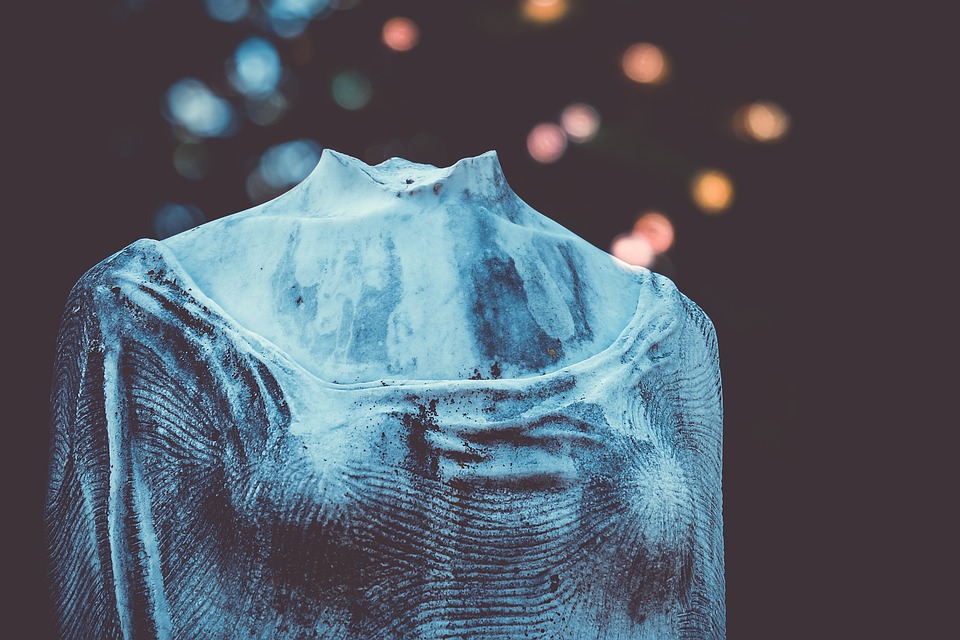
My intention had been to undertake a fast while I was out on the streets the second time I took a group of college students out for the Urban Plunge. I stocked up on dates, almonds, figs, apricots, and walnuts.
But for some strange reason, I was ravenous, and soon ate all my provisions in addition to the meals at soup kitchens, the dozens of Kit Kats we retrieved from a dumpster, and the brown bag sandwiches provided by Mobile Loaves and Fishes.
Towards the end of my time on the streets, I had worked up the nerve to fly a sign alone on a busy frontage road of IH-35. I wanted my sign to say something true. Because I was so damn hungry, I wrote “HUNGRY” with a red Sharpie pen on a piece of cardboard.
Standing there that day in the Texas sun for three hours stripped me of all sense of myself. I felt hateful, loathsome, and dirty. For three hours, I carried the shadow side of those drivers and of our larger society. I almost couldn’t do it; I broke down into tears multiple times.
There were people who reached out to me, and they saved me: the little girl who reached through her back window to hand me a crayon, the man who handed me all the change out of his cigarette tray, and the dozen-or-so other people who affirmed my humanity by smiling or simply saying “hi.”
My three hours were almost up when an obese woman, red-faced yet smiling, made her way to my spot on the side of the road. She had a bread bag with her, and as she approached she proudly presented me with a full loaf of ham sandwiches.
“I was on the bus and I saw you and your sign,” she told me, wiping the sweat from her forehead with the back of her arm. “My pastor at church is always talking about the importance of acting on your faith, and when I saw you I thought ‘I can help her.’” The bus took her home where she made the many sandwiches, and then walked the better part of a mile to deliver them to me.
The whole time this dear woman was talking, I felt awful. All her effort for an imposter: me. I was truly hungry, however, and I didn’t want to blow my own cover for her sake, so I thanked her profusely. By the time I met back up with the students, I had eaten every last sandwich.
“What is going on with me?” I wondered, incredulous. But life on the streets kept me so busy I had no time to reflect. I just continued to devour everything in sight.
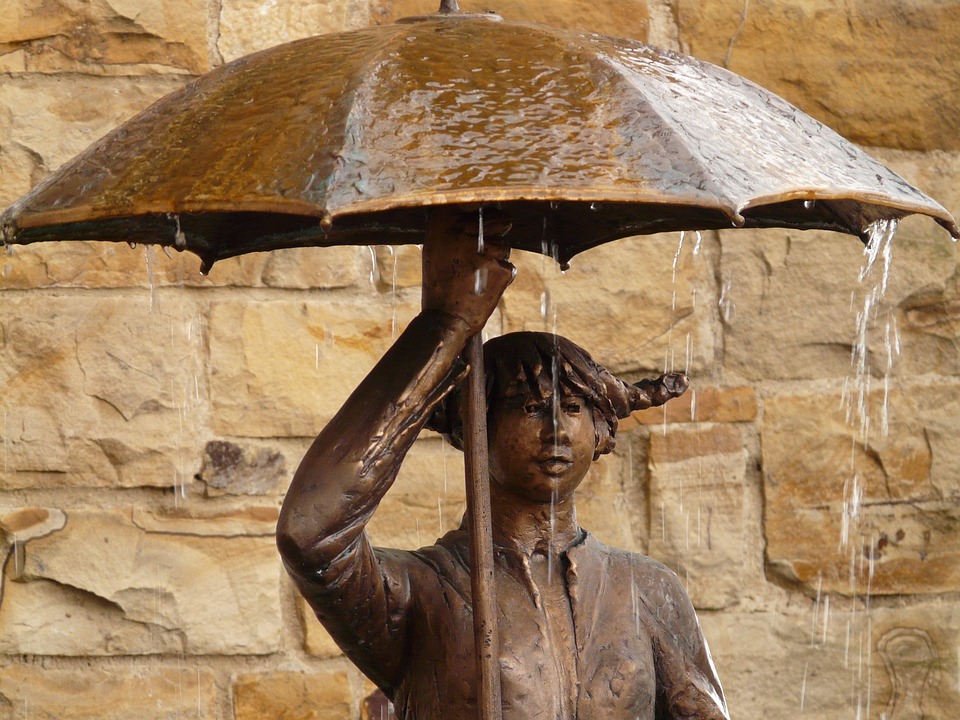
By the end of the Urban Plunge, homeless folks were waving and calling my name across the street when they saw me. I had once worked in downtown Austin, and had never felt anything but anonymous. Now, a strange yet welcome sense of belonging met me wherever I walked in the city.
Too quickly, the time came for us to say our goodbyes and walk back up the hill. After a week without driving a car or riding in a bus, I had grown accustomed to the new pace. I was grateful to be walking back up the hill to help us begin our long transition back to normal.
Once at the University, we said our goodbyes to one other. I drove home to my enchanted little cottage with impossibly high ceilings, a turquoise porch, and a red door.
When I closed that door behind me, the sound cut right through me. I crumpled to the floor in tears.
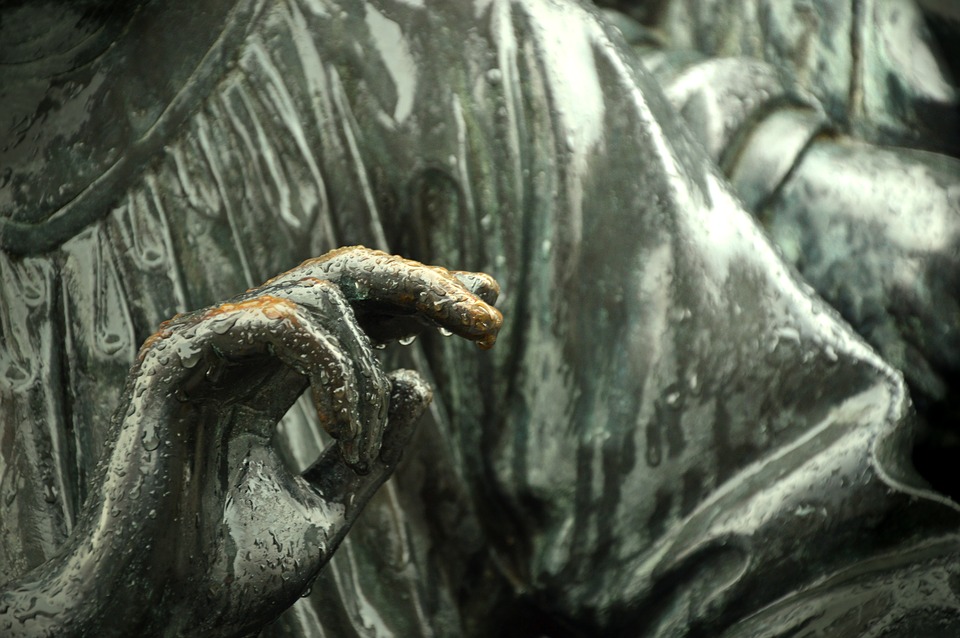
Less than a week later, on my 37th birthday, I made a wish: to become pregnant. And as I blew out the candles on my cake, I realized that my wish had already been granted.
No wonder I was so hungry. That generous woman with her sandwiches had genuinely helped a woman in need that day, it’s just that I was the last to know.
There was another wish granted me on my birthday, though. The heartbreak I felt when I closed my door to the streets signaled that I had completed crossing the threshold back to my ordinary life. I knew with a new, aching awareness that I was not at home at the front of the line, nor within the walls of social respectability. None of it is humane: the hunger the homeless endure, the hunger we endure.
Unbeknownst to me as I blew out the candles on my cake, in just six weeks’ time I would lose my job, my career in ministry, and my faith tradition. I, too, would become homeless, but in my own way.
Our job in life is to remain awake to the ways that sacred revelation is unfolding before our eyes in real time. The Holy speaks through all the happenings of life’s pilgrimage, not just in the pleasant moments.
I do not have answers to the problems of these times, nor know how to heal the fractured body of which we are a part, but I do know this: the answers to our deepest longings can only be realized by leaving our walls behind and embarking on the humble, step-by-step journey towards a new reality.

First published by The MOON Magazine.

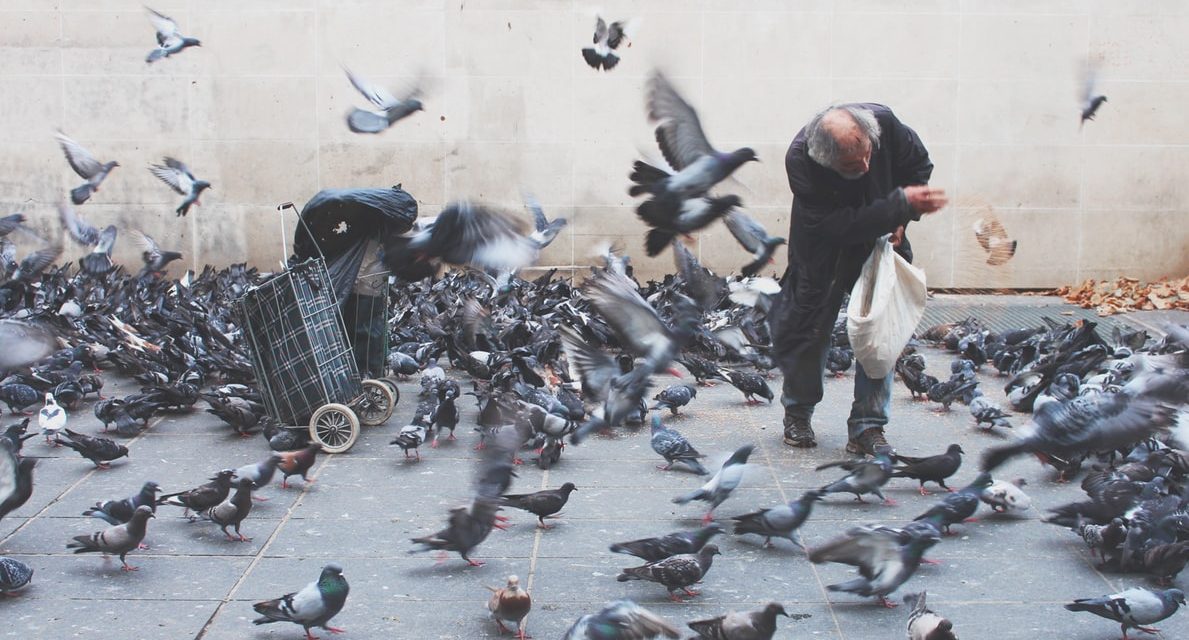

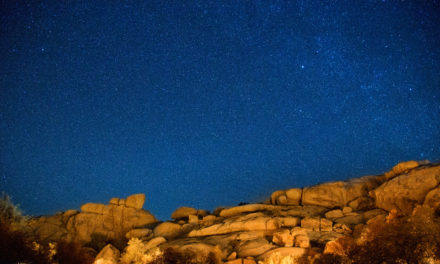
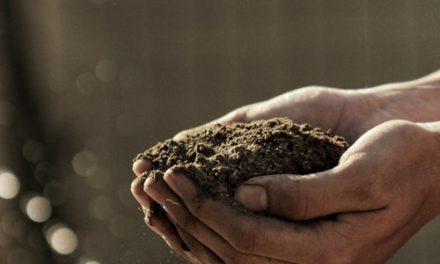


This is just breathtakingly real.
Thank you for publishing it!
Thank you. You made me cry.
I worked in the homeless-serving sector for 15 years, recently ending my career when I retired as the ED of a family shelter. Having moved into the sector from the corporate world, I was suprised to realize that my greatest teachers were those we served.
Your article is beautiful and provocative. It also highlights the power of words to label and hold people to a place/circumstance. I am currently working with a young man who volunteers to feed individuals experiencing homelessness in another city. Like you in this article, he uses the term, the homeless to describe those he serves. Ultimately, it is a label. Like addict. lawyer, ex-con, doctor, cop — it isn’t ‘who’ the person is, it is a place-keeper, marker for the circumstances in which the individual lives or to describe the work in the world. It often serves to put them ‘in place’, because unfortunately, the label allows us to separate from that which connects us, our human condition, our human story, our shared journey.
I am grateful for your words. Grateful for the heart and soul you share and the grace with which you shine a light on our humanity. I share my thoughts on the label as ‘my thoughts’. When I first started working in this sector is was as the Director of Communications at a large adult singles shelter in our city. “The homeless” was one of the first phrases I began removing from all our communications. The indidividuals we served were experiencing homelessness. It’s not who they are. Homelessness, as you so beautifully suggest is a reflection of a greater ennui in our society, a deeper hunger. It is not humane, yet it is created by we, the humans who live at the front of the line.
Namaste.
The integrity of the streets and the social mores of living there are seldom understood. The importance and perspective of living there is still only partly shown by this article.
It has a value unto itself, and not just in the path of an empathy or understanding that we think WE are morally obligated to make.
It does not give up it’s gifts or secrets easily, and it does not occupy a less difficult regime only available to our pity or “outreach”.
From days of those riding the rails, some have taken the choice to shed the mortgage, the thin black tie, faux respectability, and a boss that controls your time and thoughts with money… when the greatest challenge is to comprehend what is happening there amongst the missions and half empty and shared defenses of “Night Train.”
It is not an act of helplessness as much as awareness of the world we actually live in, of which this article is a lovely complement that misses some of the character as well as the implicit import when the help is to ‘fix’ people rather than to support them in a larger vigilance that protects those “dreams” that the author calls the world. -Robert Drake, Eugene OR